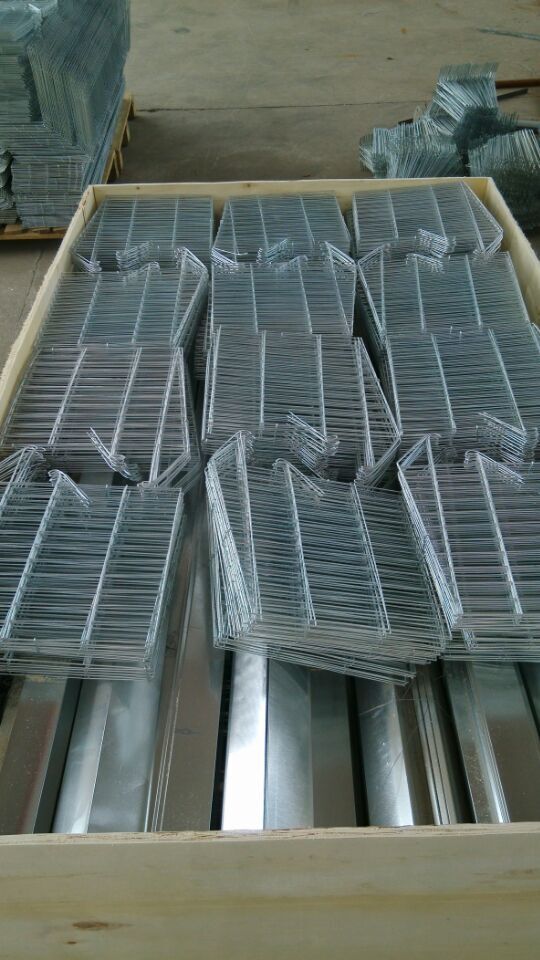The Benefits of Cellulose Evaporative Cooling Pads for Efficient Temperature Regulation
Nov . 10, 2024 12:52 Back to list
The Benefits of Cellulose Evaporative Cooling Pads for Efficient Temperature Regulation
The Role of Cellulose in Evaporative Cooling Pads
Evaporative cooling is a sustainable and efficient method of cooling that leverages the natural process of water evaporation to lower air temperatures. One of the most significant components of this system is the cooling pad, which can be made from various materials, with cellulose being one of the most popular choices. This article explores the properties of cellulose, its advantages, and its implications for evaporative cooling pads.
Understanding Cellulose
Cellulose is a natural polymer composed of glucose units and is the main structural component of the cell walls in plants. It is abundant, renewable, and biodegradable, making it an environmentally friendly choice. In the realm of evaporative cooling, cellulose is processed into a highly absorbent material that can hold significant amounts of water, enhancing the efficiency of the cooling system.
How Evaporative Cooling Works
Evaporative cooling pads are designed to absorb water and provide a large surface area for evaporation. When warm air passes through the moist pads, water evaporates, taking heat away from the air, thereby cooling it. The cellulose-based pads are particularly effective because cellulose fibers can trap water and release it gradually into the air. This process results in cooler, humidified air, which can be circulated through a building, providing a natural and energy-efficient method of climate control.
Advantages of Cellulose Cooling Pads
1. High Absorbency One of the primary benefits of cellulose pads is their ability to absorb large amounts of water. The cellulose fibers retain moisture, which ensures prolonged evaporation and consistent cooling performance.
2. Environmentally Friendly As a biodegradable material, cellulose contributes to sustainable practices. Its production has a smaller carbon footprint compared to synthetic alternatives, which often rely on nonrenewable resources.
3. Cost-Effectiveness Cellulose cooling pads are typically more affordable than many synthetic options. Their durability and ease of manufacturing make them a cost-effective choice for both residential and industrial applications.
cellulose evaporative cooling pad

4. Thermal Efficiency Due to their structure, cellulose pads can provide excellent thermal insulation. They help maintain lower temperatures when the evaporative cooling system is not in operation, enhancing overall energy efficiency.
5. Ease of Maintenance Cellulose pads can be easily cleaned and replaced. Regular maintenance ensures optimal performance by preventing mold and bacterial growth, which can compromise air quality.
Applications of Cellulose Evaporative Cooling Pads
Cellulose evaporative cooling pads are widely used in various applications, including
- Greenhouses They maintain optimal temperatures for plant growth while reducing humidity levels, which can prevent mold and pests.
- Industrial Facilities Factories and warehouses utilize these pads to cool large spaces without the substantial energy costs associated with traditional air conditioning systems.
- Animal Housing Livestock and poultry farms benefit from the use of evaporative cooling pads to regulate temperature and ensure the comfort of animals, contributing to their productivity and health.
- Residential Cooling Systems Many homeowners opt for evaporative coolers equipped with cellulose pads as an energy-efficient alternative to conventional HVAC systems. These systems are particularly effective in dry climates, where humidity levels are lower.
Conclusion
The use of cellulose in evaporative cooling pads represents a harmonious blend of sustainability and efficiency. With its high absorbency, cost-effectiveness, and environmentally-friendly properties, cellulose enhances the performance of evaporative cooling systems while minimizing their ecological footprint. As the world continues to face challenges related to energy consumption and climate change, solutions like cellulose-based cooling systems present viable alternatives that can lead to greener, more sustainable living and working environments. This innovation in materials not only helps cool our spaces but also illustrates the potential of natural resources in modern technology, paving the way for a cooler and more sustainable future.
-
Automatic Feeding Line System-Poultry Farming|Chicken Feeding&Watering
NewsJul.30,2025
-
Automatic Feeding Line System - Anping County Yize Metal Products Co., Ltd.|Pan Feeder Nipple Drinker,Broiler Farming
NewsJul.30,2025
-
Automatic Feeding Line System Pan Feeder Nipple Drinker-Anping County Yize Metal Products Co., Ltd.
NewsJul.30,2025
-
Automatic Feeding Line System-Anping County Yize Metal Products Co., Ltd.|Durable Construction&Easy Maintenance
NewsJul.30,2025
-
Automatic Feeding Line System-Anping County Yize Metal Products Co., Ltd.|Pan Feeder Nipple Drinker&Durable Poultry Farming Solution
NewsJul.30,2025
-
Automatic Feeding Line System Pan Feeder Nipple Drinker|Anping County Yize Metal Products Co., Ltd.
NewsJul.29,2025






